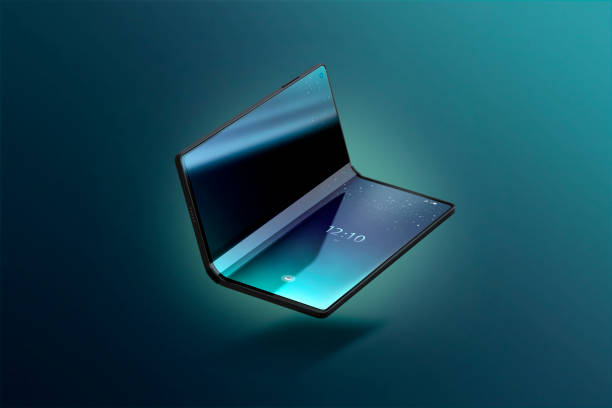Unfolding the Future: The Transformative Power of Foldable Technology
Foldable technology is no longer a distant dream. It has become a reality that is slowly transforming the electronics landscape, offering unique design possibilities and functionality. This article will delve into the rise of foldable technology, its current applications, and its potential impact on the future of electronics.

The Genesis of Foldable Technology
The concept of foldable technology is not new. In fact, it can be traced back to the 1970s when flexible electronic circuits were first introduced. However, it was not until 2011 when Samsung unveiled its prototype of a flexible AMOLED display, that the dream of foldable technology started to materialize. What followed is a series of technological advancements and iterations that led to the development of the first-ever foldable smartphone, the Samsung Galaxy Fold, in 2019.
Foldable Technology Today: From Concept to Reality
Fast forward to 2022, foldable technology has entered the mainstream consumer electronics market. Leading the charge are foldable smartphones, with tech giants like Samsung, Motorola, and Huawei launching their own versions. These devices, with their variable form factors, are changing the way we interact with our smartphones.
In addition to smartphones, foldable technology is also being incorporated into other devices. Tech companies are exploring foldable laptops and tablets, with Lenovo launching the world’s first foldable PC, the ThinkPad X1 Fold, in 2020.
The Potential of Foldable Technology: Beyond Smartphones and Tablets
The future of foldable technology extends far beyond smartphones and tablets. It opens the door to a world of possibilities, including foldable televisions, flexible medical devices, and even wearable electronics.
In the world of television, LG has already taken the first step with its rollable TV. In the medical field, researchers are exploring flexible electronics for wearable health monitors and implantable devices. For instance, the University of Cambridge is developing a ‘smart’ bandage with a flexible electronic circuit that can monitor wound healing.
The Economic Impact of Foldable Technology
The foldable technology market is expected to grow significantly in the coming years. According to a report by MarketsandMarkets, the global market for flexible electronics is projected to reach $16.5 billion by 2026.
This growth will not only generate tremendous revenue for tech companies but also create new job opportunities in the electronics and technology sector.
The Challenges Ahead for Foldable Technology
Despite the exciting possibilities, foldable technology is not without its challenges. The most prominent issue is the durability of foldable screens. Tech companies are investing heavily in research and development to improve the reliability and longevity of these devices.
Another challenge is the high cost of foldable devices. As with any new technology, foldable tech is currently expensive, which may hinder its widespread adoption. However, as the technology matures and production costs decrease, foldable devices are expected to become more affordable.
In conclusion, foldable technology has the potential to revolutionize the electronics industry. It offers a unique blend of versatility and functionality that could transform our interaction with electronic devices. As the technology continues to evolve, we can look forward to a future where our devices are not only smart but also flexible.





